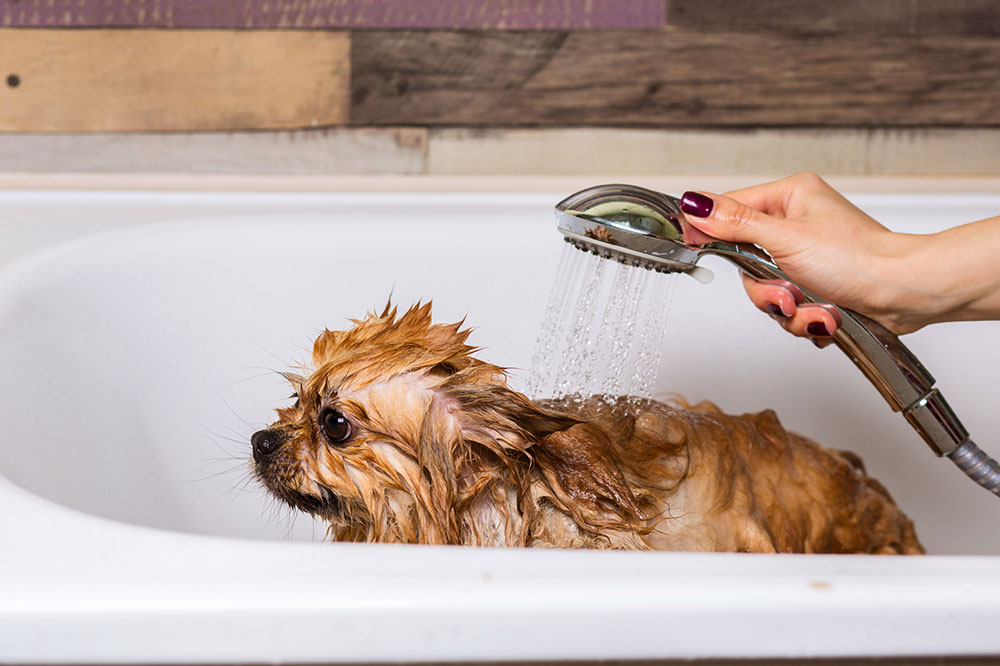
Natural Remedies for Ridding Dogs of Fleas and Ticks
Dogs get infected by fleas and ticks in many ways. The most common method is when dogs walk through heavily wooded, shrubby, or grassy areas. Dog flea adults and dog tick larvae, nymphs and adults abound in these areas and lie in wait for dogs to wander by. Fleas can jump onto dogs fur from the tall grass and shrubs; tick larvae, nymphs and adults climb onto the paws and hide in body crevices. Their main purpose is to feed off the animal blood.
When a dog gets infested by fleas or ticks, they tend to scratch, lick and bite the areas where these pests move. This scratching licking may cause red patches on the skin and hair loss. Some of these pests carry dangerous parasitic bacteria that can cause a number of diseases in dogs. Luckily, there are a few home remedies to get rid of fleas and ticks:
1. Baking soda
Baking soda dehydrates pests, taking away moisture from the pests and the surroundings. Sprinkle baking soda on rugs and carpets. Rub the baking soda into the carpets with a broom, to ensure that it gets forced to the bottom of the carpets where the fleas lay their eggs. After 2 days, vacuum the carpets thoroughly and add baking soda to the vacuum cleaner sack, or freeze it. If the infestation is severe, do the baking soda routine once a week or more frequently. Use a mixture of salt and baking soda to increase the potency—the baking soda brings the fleas to the surface, and the salt dries them out.
2. Apple cider vinegar
A combination of 1/2 cups of apple cider vinegar and water, 1/2 teaspoons of baking soda and salt and a few drops of citronella oil mixed well and sprayed on dogs can get rid of ticks.
3. Other home remedies
Other home ingredients that help get rid of ticks are coconut oil, a combination of baking soda and salt, Indian Lilac, also known as neem, and its oil, and apple cider vinegar.
4. Tweezer removal
Dog ticks expand their bodies disproportionate to their original size, as they feed on the dog’s blood. They become visible and can be removed. Remove the ticks using tweezers that can pinch the head of the tick and gently pry them loose. Ensure that the tick body does not tear as the ingested blood can cause further infections in the bite area. Use rubbing alcohol on the bite area to clean the bite wound.


